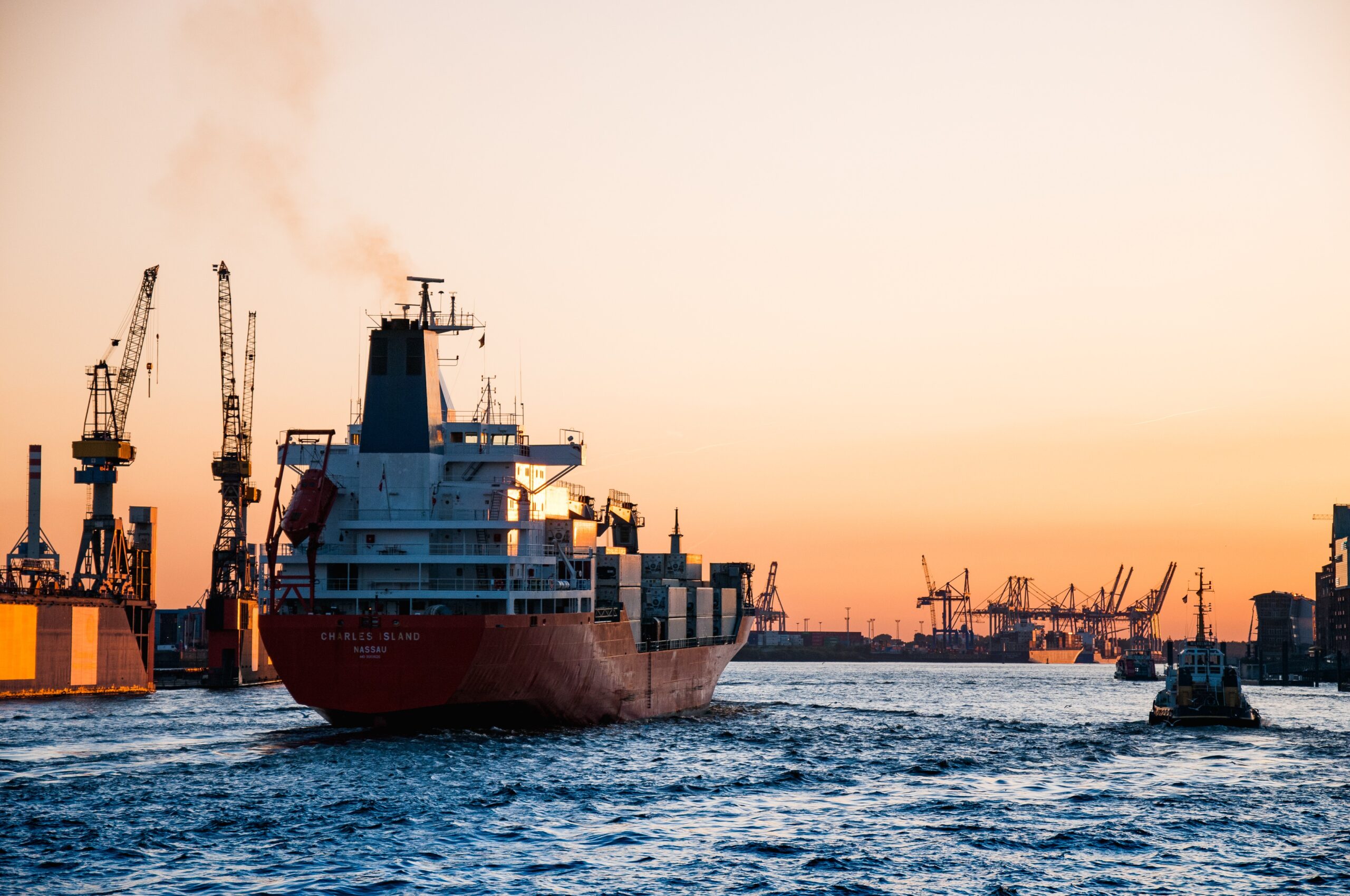Exploring methods for understanding stranded value: case study on LNG-capable ships
Researchers estimate £113bn-£185bn in losses investing in an LNG-capable fleet

As countries move towards zero emissions, LNG ships could be worth little more than scrap
“Exploring methods for understanding stranded value: case study on LNG-capable ships” was released by the UCL Energy Institute in September 2022.
Authors: Marie Fricaudet, Joseph Taylor, Dr. Tristan Smith, and Dr. Nishatabbas Rehmatulla.
LNG infrastructure that is devalued or becomes an unexpected or premature liability is considered a ‘stranded asset’. Assets may become stranded as a result of new regulations limiting the use of fossil fuels, market changes in supply and demand, and other factors that accelerate the depreciation of the asset.
The report simulates a scenario where a growing rate of orders for an LNG-capable fleet (in the 2020-2030 decade) is followed by a period (from the late 2020s) of policy stimulus to strongly incentivize a shift to zero-emissions shipping. If policies that incentivized shipping to decarbonize – in line with the Paris Agreement – were in place by the end of the decade, the LNG-capable fleet would be competing against zero-emissions shipping and incentives to move away from the use of fossil fuels.
The potential loss in investing in an LNG-capable fleet is estimated at approximately 15-25% of their value: £113bn-£185bn, if the LNG-capable fleet grows strongly this decade.
The report advises shipowners and financiers not to order LNG-capable ships, but to invest in conventionally-fuelled ships designed for retrofit to zero-emissions fuels. The authors argue that the longer we allow the uptake of LNG as a transition fuel, the more painful it will be: technology lock-in during this crucial decade will create more resistance to change later. They further assert that governments should not use public funding to exacerbate the creation of stranded value.
Read the report for more information about the methods that investors can use to determine the risks posed by climate change on shipping assets.
Or check out this short video explainer!
For media inquiries please contact [email protected].